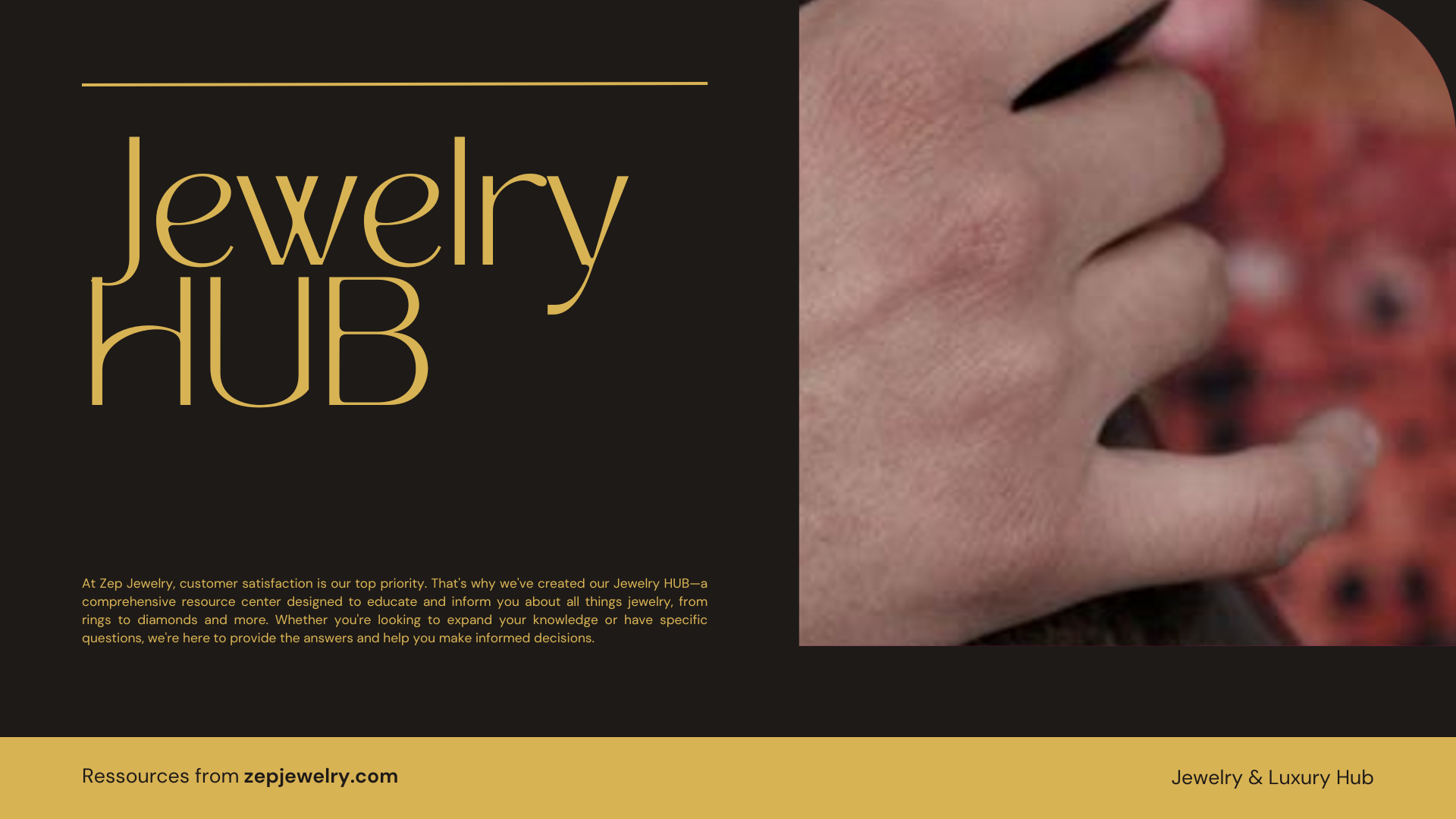Have you ever slipped on a beautiful ring or bracelet only to discover a green mark left behind on your skin? While this unexpected transformation might feel like a modern-day magic trick gone wrong, the truth is much simpler—and a little less enchanting. Certain metals used in jewelry, especially those containing copper, can react with sweat and lotion to create this unsightly discoloration. As we delve into the world of tarnished beauty, it’s time to uncover the culprits behind this common yet perplexing phenomenon and explore which pieces might make your skin look like it just auditioned for a role in a superhero movie.
What types of jewelry are most likely to turn my skin green?
What types of jewelry are most likely to turn my skin green?
Jewelry that contains copper is the primary reason for skin discoloration, which can result in a greenish tint on your skin. This is particularly common with items made from sterling silver, 14k gold, 18k gold, brass, bronze, and pewter. The skin reaction occurs due to a chemical interaction between the copper found in these alloys and factors like sweat, moisture, or body pH levels. The higher the purity of the gold—as in 24k gold—the less likely you are to experience this issue, since it contains minimal copper.
To delve a bit deeper, skin discoloration happens when the copper in metal jewelry oxidizes, especially in humid conditions or when it comes into contact with perspiration that contains acids and salts. This results in the formation of copper salts on your skin, which are responsible for the green marking. It’s worth noting that other factors, such as the acidity of your skin or any lotions and perfumes you may use, can exacerbate this reaction.
Interestingly, while many associate skin discoloration exclusively with inexpensive or costume jewelry, it can occur even with higher-quality pieces that contain copper or other reactive metals. This means that if you wear jewelry styles like brass or bronze, which are often chosen for their aesthetic appeal and affordability, you might also encounter a similar reaction.
Monitor your jewelry choices: If you want to minimize the chances of skin discoloration, consider opting for jewelry made from hypoallergenic materials like high-karat gold, titanium, or platinum, which are far less likely to react negatively with your skin. And remember, even pieces marked as hypoallergenic might still come with varying reactions due to individual body chemistry; it’s all about finding what works best for you!
In summary, keep an eye on what you’re wearing, especially in warmer or humid conditions, and consider switching to higher-purity metals to enjoy your jewelry without the worry of skin discoloration.
Why does sterling silver turn my skin green?
Why does sterling silver turn my skin green?
Sterling silver is an alloy that consists of 92.5% silver and 7.5% other metals, with copper being the most common addition. This combination is what gives sterling silver its strength and durability while maintaining the aesthetic appeal of silver. However, when sterling silver is exposed to moisture, humidity, or acidic substances found in sweat or skincare products, the copper within the alloy can oxidize. This oxidation process produces copper compounds that often manifest as a green patina, which can easily transfer onto your skin, leading to discoloration. This reaction tends to be more noticeable in hot and humid conditions, or if the jewelry is worn for extended periods of time.
While the green discoloration may seem alarming, it’s essential to note that it’s generally harmless and usually fades away after a few days with proper washing. If you find yourself frequently affected by this reaction, there are several preventive measures you can take. For example, applying a polymer barrier, such as clear nail polish, to the inside of your ring can help create a protective layer against moisture and skin chemistry. Additionally, removing your jewelry before showering or exercising can significantly reduce the chance of oxidation. Understanding how your body reacts with sterling silver can help you enjoy your jewelry without worry.
Is it possible for high-karat gold to turn my skin green?
While higher-karat gold, such as 18k or 14k, contains less copper than lower karat options, it can still cause discoloration under certain circumstances. The higher the karat, the lower the amount of reactive metals present. However, if it has alloying metals like nickel or if your individual skin pH is particularly acidic, you might still see a green discoloration.
How can I prevent my jewelry from turning my skin green?
To prevent skin discoloration, consider applying a protective barrier like clear nail polish or a polymer coating on the areas of the jewelry that touch your skin. This can inhibit oxidation reactions. Additionally, removing your jewelry before exposure to moisture—such as washing hands or applying lotion—can extend the life of the jewelry and minimize skin reactions.
Are there types of jewelry that are safe and won’t turn my skin green?
Yes, certain types of jewelry made from hypoallergenic metals are less likely to cause discoloration. Options include high-karat gold, platinum, titanium, and stainless steel. Pure silver (fine silver) is also a safe choice, as it doesn’t contain copper that leads to skin discoloration.
What role does body chemistry play in skin discoloration from jewelry?
Body chemistry, particularly skin pH, can significantly influence how jewelry interacts with your skin. Individuals with higher acidity levels may be more prone to jewelry-related discoloration. Factors such as diet, health status, and even menstrual cycles can alter skin pH, making it vital to recognize that discoloration can vary day to day depending on these variables.
